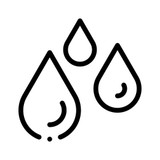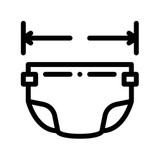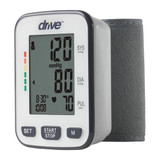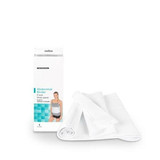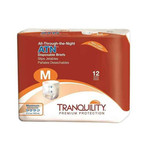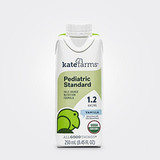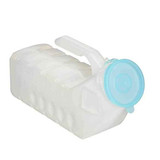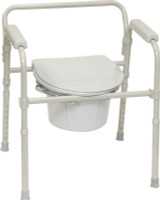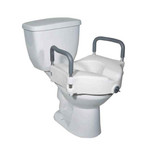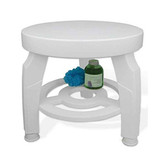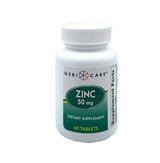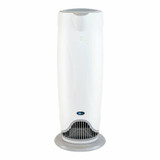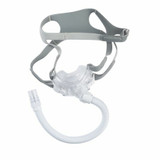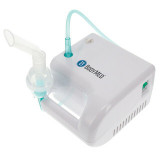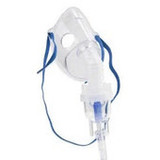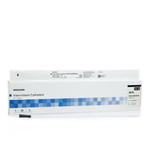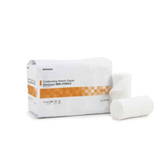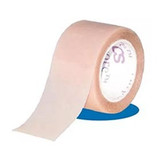
The Caregiver Guide – Harness Home Health Monitoring Devices
The population is aging rapidly. According to a report by Statista, a global data and business intelligence platform, the number of Americans aged 65 or above, as a percentage of the population, increased from 10% in 1970 to 17.3% in 2022. This is projected to rise to 22% by 2050.
However, to add a twist to a common proverb, every silver lining has a cloud. While many people will now enjoy the opportunity to live longer, fuller lives, there is also an ever-increasing need for new and creative solutions to help this growing group of older adults maintain their health and independence as they age. Fortunately, we have 21st-century technology and innovation to thank for a wide range of devices that do exactly that.
The Rise of Home Health Monitoring
It may be difficult to believe at first, but remote health monitoring started around 60 years ago. On May 5, 1961, astronaut Alan Shepard became the second human and first American to travel into space. Throughout the journey, NASA monitors transmitted EKGs, body temperature, and respiration data back to base. And thus, remote health monitoring was born. Fast forward 63 years, and let’s see what we take for granted nowadays.
Wearables: Smartwatches, fitness trackers, and other wearable devices can monitor heart rate, activity levels, sleep patterns, and even blood oxygen.
Sensors: In-home sensors can track movement within a living space and detect falls, providing valuable insights into a senior's daily activities and potential safety risks.
Remote monitoring systems: These systems integrate various devices and sensors, allowing for comprehensive health data collection and remote monitoring by caregivers or healthcare providers.
Examples of home health monitoring devices
· Blood pressure monitors
· Glucose monitors
· Smartwatches with heart rate and activity tracking
· Fall detection sensors
· Medication adherence monitors
These devices can typically transmit data via Bluetooth or Wi-Fi connections and can be accessed by authorized third parties through mobile apps. This empowers seniors to be more involved in managing their health.
Physical Health Benefits
Monitoring vital signs provides an early warning system for potential health issues. For example, detecting an irregular heartbeat may prompt further investigation, potentially identifying atrial fibrillation before it causes a stroke. A glucose monitor might reveal latent blood sugar fluctuations, enabling better diabetes management. And the list goes on.
Home health monitoring can significantly reduce healthcare costs in the long run. Early detection and prevention of health issues can avoid expensive hospitalizations and emergency room visits. These benefits have fueled an explosion in the adoption of home health monitoring devices. A BCC Research report estimated the global market for patient monitoring devices at $42.7 billion in 2022 and projects that it will reach $65.4 billion by 2027.
Psychological and Emotional Benefits
The constant monitoring provided by home health monitoring devices can alleviate anxiety for people who are concerned about their health. Seeing their vital signs within normal ranges and receiving timely alerts for any irregularities can offer a sense of security and control, reducing stress and anxiety.
The ability to manage their health more proactively through home monitoring devices promotes a sense of being in control and boosts confidence in their ability to live independently. This can significantly boost self-esteem and overall quality of life.
Some home health monitoring devices include features that encourage social interaction with family and friends. These features, like video calls or medication reminders sent to caregivers, can help combat feelings of isolation and loneliness, which are common concerns for seniors living alone.
Overcoming the Fear Factor
Privacy and Security: Home health monitoring devices collect and transmit a significant amount of personal health data. It is crucial to choose devices with strong security protocols and clear data ownership policies to ensure user privacy. Regulations like HIPAA (Health Insurance Portability and Accountability Act) play a vital role in protecting patient data privacy.
Technical Challenges: While user-friendly design is a priority, some seniors might face challenges using these technologies. Simple interfaces and readily available customer support can make devices easier to learn and use. Family members or caregivers can assist with set-up and ongoing use.
Cost Considerations: The cost of some devices may put them out of reach for some people. There are, however, a few ways to lower this barrier. Certain insurance products and government assistance programs can contribute towards the cost. As the market becomes more competitive, manufacturers are increasingly offering subsidies and innovative financial plans.
Conclusion
Home health monitoring devices offer many benefits for older adults, caregivers, and healthcare providers. They allow users to take charge of their health, improve their quality of life, and age independently. The convenience, user-friendly design, and potential cost-effectiveness of these devices make them a valuable tool.
Looking forward, the future of home health monitoring is bright. Expect to see even more sophisticated and user-friendly devices emerge as technology continues to develop. Let’s look at some of the exciting trends in the offing.
Integration of Artificial Intelligence (AI): AI can analyze health data to provide personalized insights and recommendations, further empowering seniors to manage their health proactively.
Greater Connectivity with Smart Home Systems: Integration with smart home devices like thermostats, lighting and air conditioning systems allow effortless adjustments to the home environment for those who may have difficulty moving around.
Remote Monitoring and Intervention: Advancements in technology may make prompt remote intervention possible in critical situations.
These advancements have the potential to revolutionize senior care, enabling seniors to live longer, healthier, and more fulfilling lives in the comfort of their own homes.
At LL Medico, we encourage older adults, their caregivers and their families to explore the possibilities of home health monitoring devices. This technology is bringing hands-off convenience to senior healthcare and reshaping the way we grow old.
And don’t forget, at LL Medico, we can’t monitor your vital signs, but we can monitor your senior care supply cabinet. For the best range of adult diapers, personal care items and mobility aids, contact us today at (855) 422-4556 or email [email protected]. You can count on us for convenience and peace of mind with your care requirements.
Growing old is a journey. Make it fun. In the words of George Bernard Shaw, "You don't stop playing because you grow old; you grow old because you stop playing."





